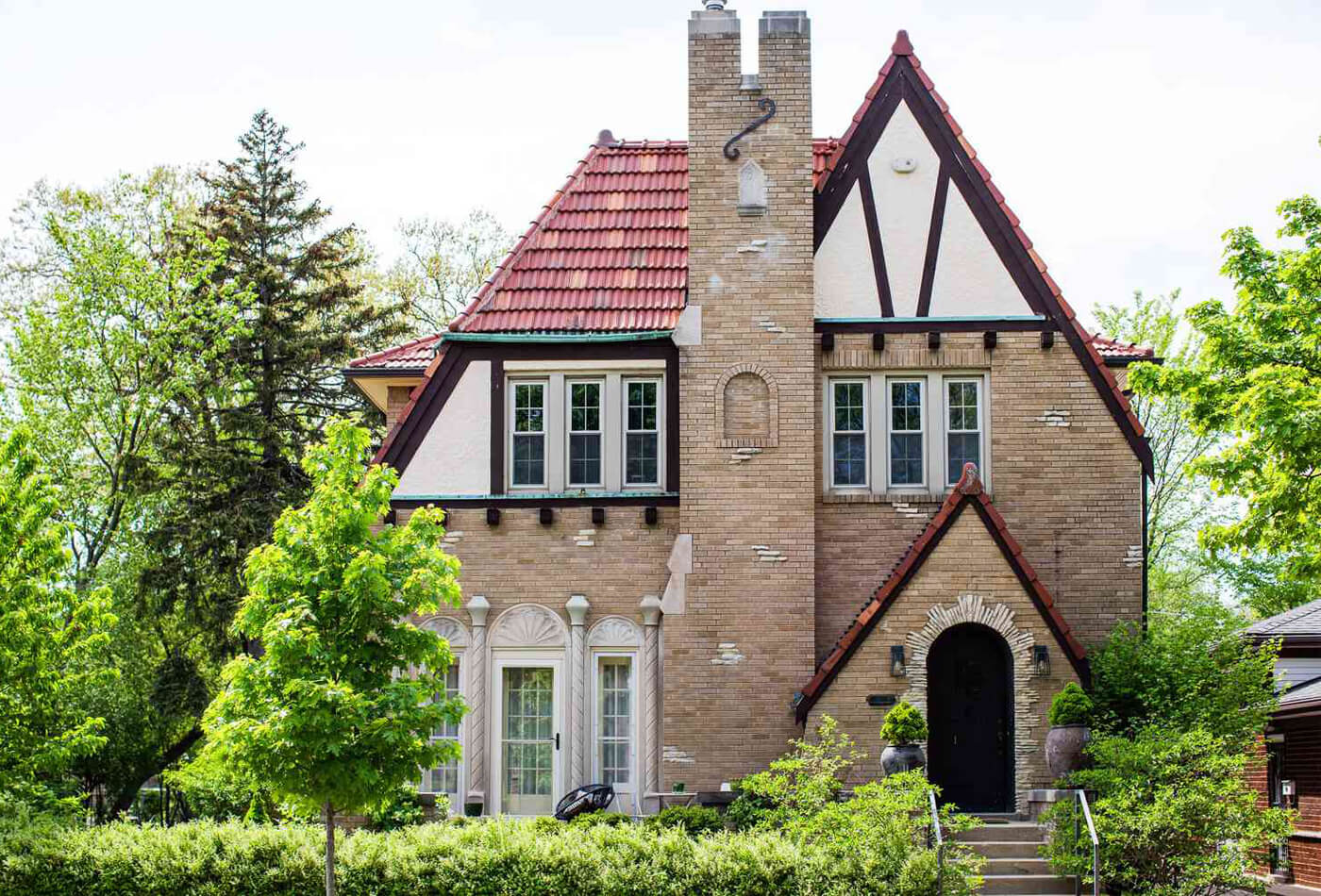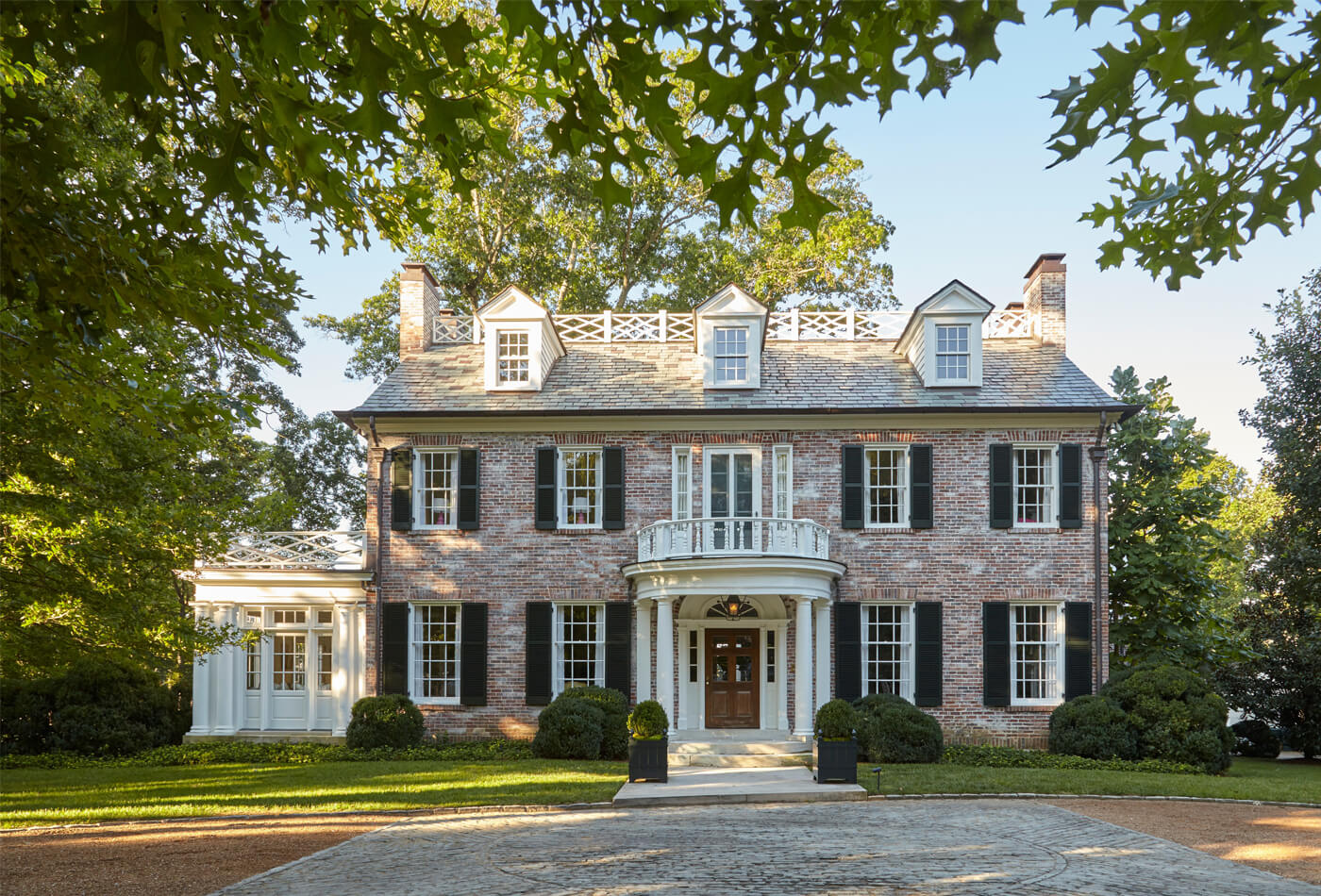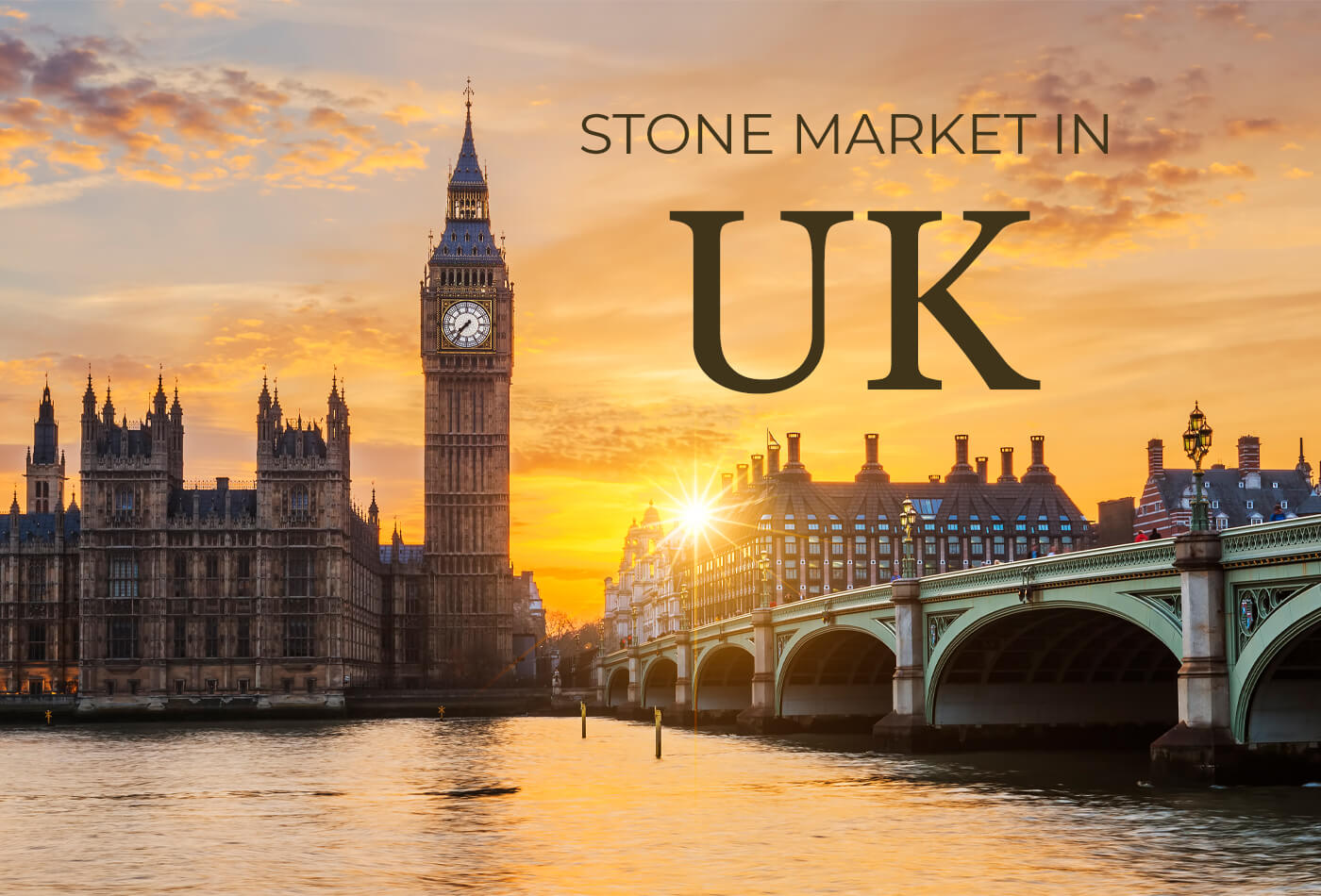Table Of Contents
Tudor architecture is a captivating style known for its enduring charm and unique design elements. Rooted in the 16th century, this architectural style has stood the test of time, making it a popular choice for homeowners and architecture enthusiasts. One of the defining features of this architecture is the use of stone, which adds to its distinctive and timeless appeal. We will explore the rich history and enduring beauty of Tudor architecture with a particular focus on its use of stones.
For more collections, call 03330 113 5868 and Get a Free Quote.
The Origin Of Tudor Architecture:

Tudor architecture emerged during the Tudor dynasty in England, which reigned from the late 15th century to the early 17th century. It was a time of political stability and artistic renaissance, and these factors significantly influenced the period's architecture. The Tudor architectural style drew inspiration from both Mediaeval and Renaissance design, resulting in a unique blend of elements that have made it a beloved choice for architectural enthusiasts.
ARDESIA SLATE
£364.84 Ardesia Slate is an identifiable type of igneous material recognized for its unusual appearance, robustness, and versatility. Mica, chlorite, quartz, and other minerals with refined grains constitute most of their composition. Dark black is the standard shade of Ardesia Slate,… read more |
Essential Characteristics Of Tudor Architecture:

Half-Timbered Facades
One of the most recognizable features of Tudor architecture is the use of half-timbered facades. This design involves exposing the structural framework of a building, often in geometric patterns, and filling the gaps with a combination of materials, with stone being one of the prominent choices.
Steep Gable Roof

Tudor homes typically feature steeply pitched gabled roofs, often made of Slate. These roofs create a sense of grandeur and protect the English climate.
Stone And Brick Cladding
Stones and bricks are used extensively to clad the exterior walls of Tudor buildings. The contrast between the exposed timber framework and the stonework adds visual interest and durability. Here are a few stone collections.
SILVER TRAVERTINE SPLIT FACE TILES
£55.50 Silver Travertine Split Face Tiles are fantastic grey tiles that make a space statement when installed. These Silver Tiles depict natural variations, from tile to tile, making them very attractive for wall installations. One can use these Silver Travertine Split… read more |
WHITE QUARTZITE SLATE CLADDING TILES
£39.00 White Quartzite Slate Cladding Tiles is a lovely surface material that features different shades like beige, cream and white. These White Slate Cladding Tiles will unquestionably increase the value of your home with their incredibly unique and varied design. These… read more |
The Timeless Allure Of Stone In Tudor Architecture:

The use of stone in Tudor architecture has been a defining feature, and it adds to the enduring appeal of this style. Here are some reasons why stone-clad Tudor buildings continue to captivate our imaginations:
Durability
Stone is a robust and long-lasting building material. When used in Tudor architecture, it ensures that these structures withstand the test of time, often remaining structurally sound for centuries.
Texture And Character
The texture of natural stone adds a unique character to Tudor buildings. Irregular patterns, colours, and imperfections in the rocks give each structure a distinct and rustic appearance.
Connection To Nature

The use of natural stone fosters a connection to the environment. It brings a touch of the outdoors inside and harmonises the building with its surroundings.
Chimneys
Tudor chimneys are often large and elaborate, with multiple stacks and decorative stones. The vents are a prominent feature of many Tudor houses and serve functional and decorative purposes.
Thermal Insulation
Stone provides excellent thermal insulation, helping to maintain a comfortable interior temperature year-round, which is especially important in the often unpredictable British climate.
JURA BEIGE LIMESTONE
£320.07 Jura Beige Limestone is a beige sandstone from Germany notable for its hardness and richness of fossils. The traditional colour of Jura Limestone. This product is mostly used for interior floors and staircases. The limestone's hardness and density allow it… read more |
AUTUMN BROWN SANDSTONE
£227.60 Autumn Brown Sandstone is a gorgeous brown-grey natural stone. This stone looks fit for both traditional as well as classy modern settings. It is sure to create remarkable designs in your exterior and interior spaces. It feels like a dream… read more |
Modern Interpretation Of Tudor Architecture

Tudor architecture continues to inspire contemporary architects and homeowners. Today, it is expected to find modern homes and buildings that incorporate Tudor elements, including stone. These modern interpretations pay homage to the past while integrating the latest construction technologies and design trends.
A modern interpretation of Tudor architecture involves blending the traditional elements and aesthetics of the Tudor style with contemporary design and materials. This fusion creates a unique architectural style that pays homage to the past while meeting the functional and aesthetic needs of today.
Create A Tudor- Inspired Interior Design

Tudor interior design with stones typically involves incorporating natural stone elements into the decor to complement the overall Tudor architectural style. Here are some ways to integrate rocks into Tudor interior design
Fireplaces
One of the most iconic features of Tudor interior design is the stone fireplace. These fireplaces are often large and made of materials like Limestone, Granite, or Slate. They can feature intricate carvings and serve as the focal point of a room. A stone fireplace in a Tudor-style home adds warmth, character, and a touch of mediaeval ambience.
Flooring
Stone flooring can be used in entryways, kitchens, and bathrooms to create a sense of authenticity in Tudor interiors. Popular choices include Slate and Travertine. These stones can be laid in patterns, such as herringbone or random rectangles, to achieve a traditional Tudor look.
ROMA BROWN TRAVERTINE
£357.18 Roma Brown Travertine features nude shades of colours like light brown, cream and beige that can be seen as veins running from one end of the slab to another. Travertine as raw material is very porous in nature. If the… read more |
MASSANGIS JAUNE LIMESTONE
£329.40 Massangis Jaune Limestone is a beautiful French Limestone with a warm golden hue. The yellowish ochre tone reveals occasional crystallised fossil and shell inclusions nestled into the background for a distinct old world charm. Massangis Jaune Limestone has a uniform… read more |
Stone Accent Walls

A stone accent wall in a living room or dining area can provide a rustic and authentic Tudor feel. This can be achieved using stone veneer or reclaimed stone. Exposed stone walls can be left in their natural state or treated to enhance or change their appearance.
Countertops
In the kitchen, opt for stone countertops made from Granite Marble. These materials are not only durable but also bring a touch of luxury to the space.
Stone-Inspired Colour Palette
Choose a colour palette inspired by the natural hues of stone, such as warm earthy tones, greys, and muted browns, for your interior walls, furnishings, and decor.
OYSTER QUARTZITE SLATE CLADDING TILES
£40.50 Oyster Quartzite Slate Cladding Tiles is a lovely surface material that features different shades like beige, cream, green, and orange. The area that each tile of these Z-shaped claddings covers is 0.035 square metres.These multicolor Cladding Tiles will unquestionably increase… read more |
CREMA BRAMOS LIMESTONE
£256.81 Crema Bramos Limestone is used to signify a creamy or light beige-coloured sort of limestone. A sedimentary rock predominantly composed of calcium carbonate, limestone may display an array of tones determined by the minerals and impurities present during its formation.… read more |
Frequently Asked Questions
-
Why Is It Called Tudor Architecture?
It's called Tudor architecture because it was prominent during the Tudor dynasty in England, from the late 15th century to the early 17th century.
-
What Are The Advantages Of Incorporating Tudor Elements Into Modern Architecture?
Incorporating Tudor elements into modern architecture can provide a sense of historical charm, create a cosy and rustic atmosphere, and add character to contemporary homes.
-
What Are Some Common Interior Design Elements In Tudor Architecture?
Common interior design elements in Tudor architecture include exposed wooden beams, stone fireplaces, leaded glass windows, heavy tapestries, and period-appropriate furniture.
P.s. The readers are informed that none of the content available on any of the pages of Work-tops.com should be taken as legal advice and that Work-tops will not be held accountable for your use of the information contained in or linked from these web pages.




